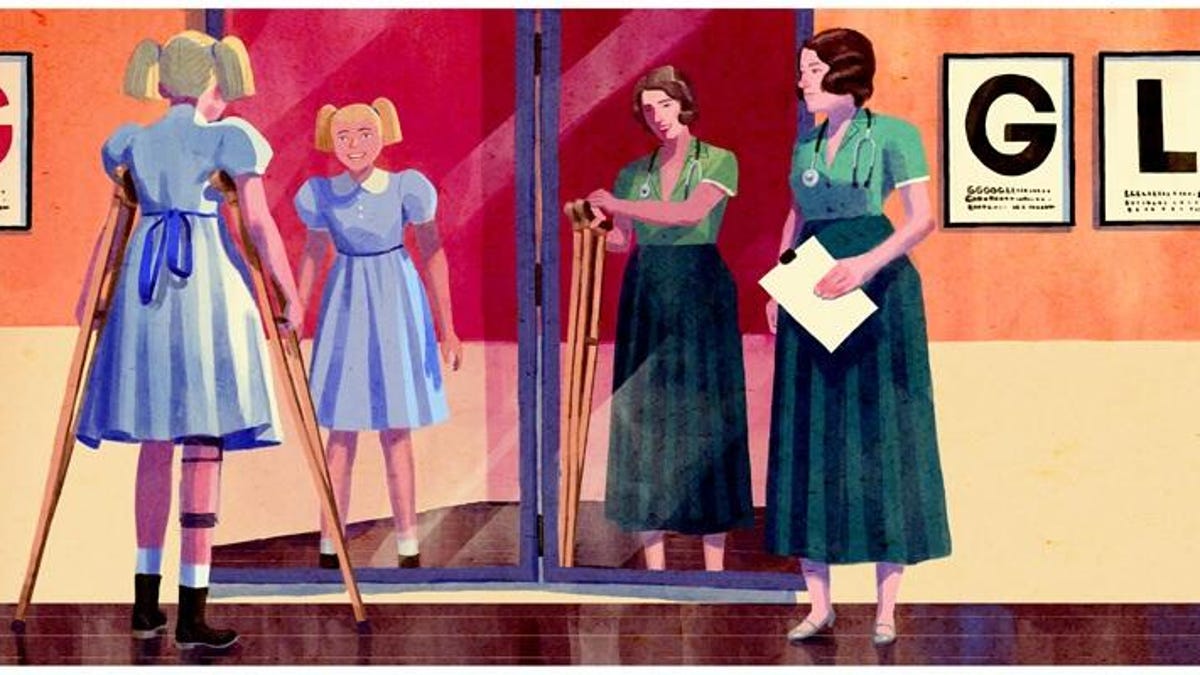Google Doodle honors pioneering polio doctor Jean Macnamara
Her work helped lead to development of a vaccine for the virus, which often resulted in paralysis and even death among children.

Jean Macnamara was an Australian doctor and medical scientist whose work helped lead to the development of a vaccine for the virus.
Jean Macnamara was an Australia doctor and medical scientist whose tireless work helped further our understanding and treatment of various forms of paralysis, including polio. Her work would later contribute to the development of a polio vaccine.
For her contributions to understanding paralysis, as well as her dedication to improving children's health and welfare, Google on Wednesday honored Dr. Macnamara with a Doodle on her 121st birthday.
For almost as long as Google has been around, it's livened up its barebones search page with artwork that draws attention to notable people, events, holidays and anniversaries. Google often turns its spotlight on heroes of the medical community, including Dr. Virginia Apgar, who developed a quick method for evaluating the health of newborns, and Dr. Rene Favalor, a heart surgeon who pioneered coronary artery bypass surgery. With much recent attention on the novel coronavirus, which causes COVID-19, Google earlier this month honored hand-washing pioneer Dr. Ignaz Semmelweis.
Born in Beechwood, Victoria, on April 1, 1899, Macnamara graduated from the University of Melbourne in 1925 with a doctorate in medicine. While she was serving as a resident doctor at the Royal Children's Hospital in Melbourne that year, a polio epidemic struck the city.
At the time, polio was still a much-feared virus that infected a person's spinal cord, causing paralysis and sometimes death in children. Those who survived were likely to be disabled for the rest of their lives.
During her time at the hospital, while collaborating with former classmate and future Nobel Prize winner Macfarlane Burnet, the pair demonstrated that there was more than one strain of the poliovirus, a discovery that would prove valuable in the development of the Salk vaccine in 1955.
Continuing her study of polio with visits to clinics and research institutions in the US and Europe, Macnamara became interested in physical treatments for the disease, especially the use of splints to immobilize the patient's paralyzed limbs until the damaged nerve recovers. She spent much of the rest of her life working with polio patients, as well as developing restraining devices with a splint maker.
For her efforts to alleviate the suffering of polio patients, Macnamara was appointed Dame Commander of the Order of the British Empire (DBE) in 1935. She died of heart disease in 1969 at the age of 69.

